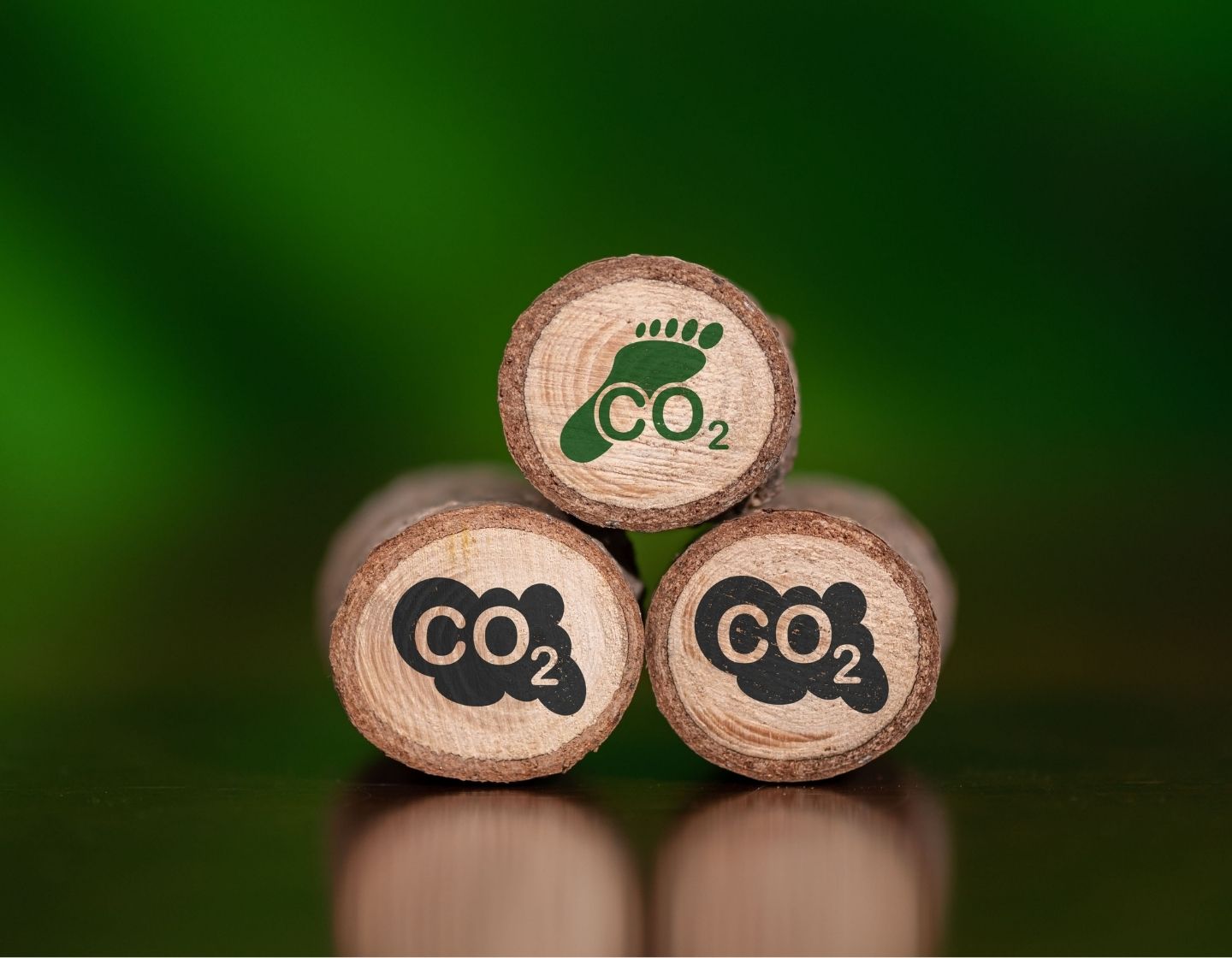Your Carbon footprint explained
Introduction
Your Carbon Footprint is a measure of the amount of greenhouse gases released into the atmosphere as a result of your actions.
It’s assessed in tonnes of carbon dioxide equivalent (CO2e). Carbon dioxide, methane and other greenhouse gases (GHGs), are released in a number of ways, including burning fossil fuels, by manufacturing, land clearance and food production, from buildings and transportation. And we’re all a part of that.
Origins of “carbon footprint”
You might think that the term “Carbon Footprint” has been around forever, but it was actually made popular through an unlikely source in 2005, when oil company BP ran a multi-million dollar ad campaign, aiming to shift attention from the industry’s responsibility for increasing GHGs.
The focus was to put the responsibility for combatting climate change squarely on the shoulders of individuals, rather than fossil-fuel businesses.
Carbon-based molecules are the basic building blocks of organic life as well as GHGs like carbon dioxide (CO2) – and fossil fuels are largely composed of hydrocarbons. “Carbon” is widely used as shorthand for carbon dioxide when discussing climate change. Reducing the levels of CO2 being released is a big part of the battle to prevent the Earth from overheating – and we often refer to this as reducing Carbon Footprint.

Harmful effects of GHGs
CO2 is one of a range of GHGs, including:
- Nitrous oxide(N2O), which is composed of nitrogen and oxygen
- Methane (CH4), composed of carbon and oxygen
- Chlorofluorocarbons or CFCs (CCl2F2) composed of carbon, chlorine, and fluorine.
These gases block heat from escaping the planet and so help to accelerate climate change. These GHGs cause a “greenhouse effect”, trapping heat from the sun, and while this is a natural phenomenon that has helped to keep the Earth habitable, these emissions are now causing it to warm up at an unnatural rate.
Scientists have identified a pattern of long-term change in the temperature and weather across the globe, and while these shifts do happen naturally, man-made climate change is rapidly accelerating the pace of change.
The research points to the inevitability of continued and accelerating global heating — the increase in average surface temperatures — if nothing is done to reduce emissions. And an important part of that is to take action to reduce and quickly stop using fossils fuels that produce GHGs.
There’s no doubt that average global temperatures are increasing, extreme weather events are becoming more severe, ocean levels continue to rise, with increased and life-threatening acidification of the water. All of these ecological threats are a result of human activity.

Average carbon footprint in the UK
Around 40% of UK emissions come from households, according to the Climate Change Committee, and the target for this year is to keep individual carbon footprint to 10.5 tonnes of CO2e. The goal is Around 40% of UK emissions come from households, according to the Climate Change Committee, and the target for this year is to keep individual carbon footprint to 10.5 tonnes of CO2e. The goal is to reduce the size of carbon footprint year after year until by 2050 the UK will be down to “net zero”, where there are no harmful carbon emissions that are not balanced out by other measures.
The UK average carbon footprint, Including all greenhouse gases is around 10 tonnes CO2e per person per year, and that lower figure is about double the world average. There has been only a small decline since 1990.
The UK government quotes a much smaller figure of about 6 tonnes CO2 per person per year, but this does not include imports/exports, aviation and shipping, and is generally not regarded as giving a true picture.
To give you an idea of the amount of GHGs we are responsible for, a single tonne of carbon dioxide would fill 5 double-decker buses and each of us on average generates enough CO2e annually to easily fill as many as 65 buses.

How to shrink your Carbon Footprint
It might be a cliché, but it’s also true that many little changes add up to very big differences. We can individually contribute to the overall reduction of greenhouse gas emissions. There’s a simple overall framework for carbon cutting and building a sustainable life:
- Refuse
- Reduce
- Reuse
- Rot
- Recycle
Refuse – think twice before buying something. Take a moment to ask yourself whether you really need it.
Reduce – cut back on all the stuff you throw away, including polluters like plastic-wrapped goods and other single-use plastics.
Reuse (and/or repair) any material or product you can before you give it away or recycle it.
Rot – get composting if you’ve got space. All the plant-based leftovers you might throw away are excellent for rotting down and creating great organic material for the garden.
Recycle anything you can, from metals and plastics to glass and electronics, paper and cardboard.

9 top tips to shrink your Carbon Footprint
- Choose energy efficiency. From fitting LED bulbs to selecting the most energy-efficient appliances, there are easy wins for the eco-friendly household. And remember to turn off and unplug anything not in use. Did you know that LED bulbs use around 85% less electricity than traditional bulbs and that lighting accounts for 5% of global emissions?
- Insulate. Insulating the loft and walls retains heat in winter while remaining cool in summer. A detached home fitted with solid wall insulation could save up to two tonnes of carbon per year, while saving on energy bills.
- Go solar. Install solar panels for electricity and water heating. You could save 1.3 to 1.6 tonnes of carbon per year, while reducing electricity costs.
- Install heat pumps. Air source or ground source heat pumps are a very low carbon alternative to other forms of heating.
- Be water wise. Much energy is used in treating and pumping water supplies to homes and more energy is used to pump it around when it gets there. Reduce water use by more than 60% by fitting low flow taps, tap aerators and eco-showers, consider low flush toilets as well.
- Change diet. Eating fewer animal products, especially red meat, or even choosing a plant-based diet reduces the amount of greenhouse gases being emitted. Buying locally sourced food also lessens impact from long-distance shipping and distribution.
- Use the bike. Cycling (and walking) is a very green means of travel – and very healthy too. For some, though, the standard bike is a big challenge so buying an ebike is a perfect solution.
- Ditch plastic. Single-use plastics pollute our waterways and oceans, with big CO2 emissions in production and recycling.
- Plant trees. Planting trees and big grasses like bamboo is always good if you have garden space, or you can join a scheme like one run by the National Trust.
Conclusion
The best time to act is now. Hopefully, this article has shone a spotlight on the challenging problems we face around climate change and what the main drivers of global heating are, as well as the things we can all do to shrink our carbon footprint. It’s up to all of us to change how we behave and take action to reduce carbon emissions.

